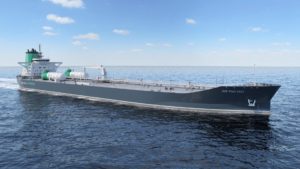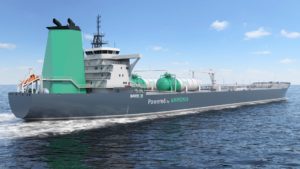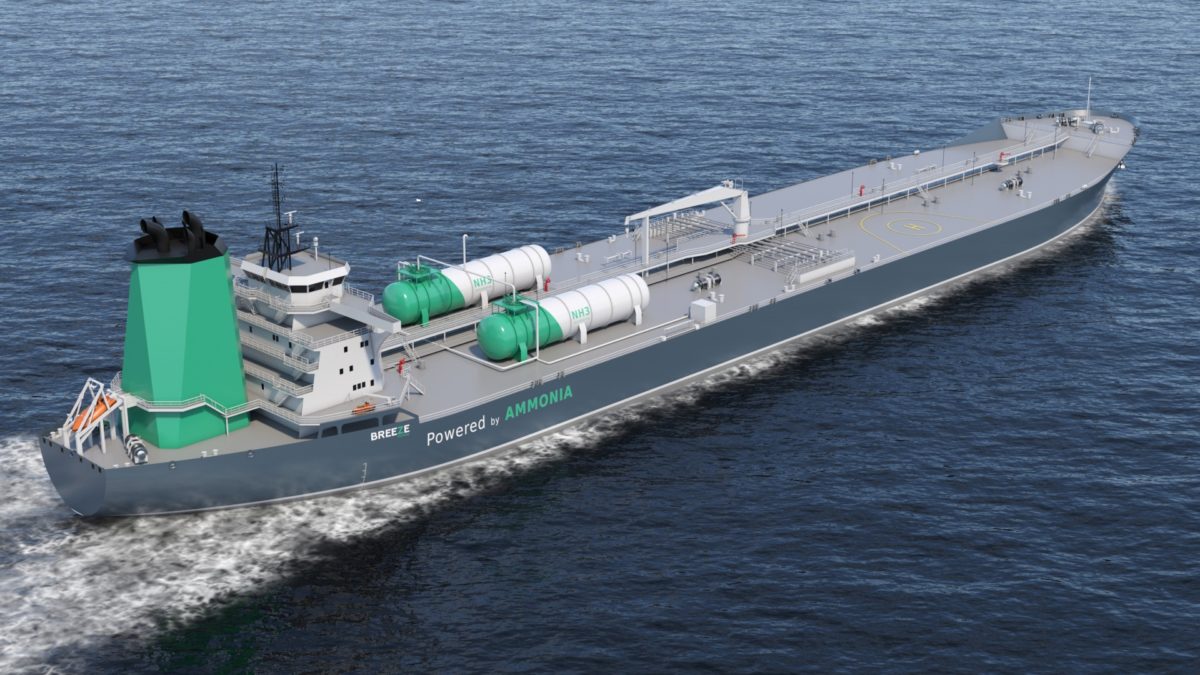Zero-carbon fuel for vessels in deep-sea segments are critical for achieving IMO goals for GHG emission reduction. Possible alternative fuels are limited, however ammonia as fuel is an alternative. Green and blue ammonia are promising fuels for zero-emission ocean transport. At the same time, ammonia is a toxic gas that raises new challenges concerning storage and safe operation in the value chain and onboard the vessel. It is technologically feasible, and there is comprehensive industry experience in handling and transporting ammonia at sea both as cargo and as refrigerant, covered in existing regulations. In addition, a safety handbook and class rules are available for effective design and approval.
Engine manufactures have also started developing and testing of combustion engines with ammonia. GSP wishes to draw on short-sea experience with alternative fuels to initiate a pilot meant for deep-sea – with all key players in the value chain involved. Equinor is the pilot owner and will be the overseeing partner and lead the work forward. Additional partners are listed on the right-hand side.
Note: Ammonia is manufactured through a chemical process with hydrogen. The ammonia is defined as “green” if the hydrogen is produced with renewable energy.
Goal of pilot project
The main goals of the pilot is to:
- Investigate the technical and economical applicability of implementing ammonia-eligible engines, fuel- and bunkering systems on a large generic tank ship design.
- Understand operational safety aspects and competence requirements.
- De-risking key elements of the design and identifying barriers.
The ultimate goal of the pilot is an Equinor-charted tanker powered by ammonia.
Status
The pilot started in January 2022.


May 2022
The pilot just started and an Aframax tanker has been chosen as the basis for the study. Further work will be carried out in six work packages that include studies of the current status of the technology, safety, costs and regulations, LCA and fuel costs, implementation on board, risks associated with bunkering and more.
September 2022
The pilot is underway with a well-to-wake CO2 analysis of blue and green ammonia. It is just as important to focus on how green energy can be achieved for green ammonia as how much capture rate can be achieved for blue hydrogen. In terms of onboard implementation, the pilot believes that the first ships could be ready for operation around 2026.
Wärtsilä is a partner and is basing its work on what they have for LPG today. For bunkering, the idea is to compare with LNG operation, as well as how cargo operations with ammonia are carried out today.
January 2023
The pilot is in the final phase. Some modeling of the economics of the pilot study is still pending. The final report from the study is expected to be ready during this month. The report will include a separate chapter focusing on safety, as one of the most important aspects of this pilot has been to understand the safety picture.
The pilot owner, Equinor, would like to highlight the pilot’s partners for good cooperation and useful input.
April 2023
The pilot is now finalized. It was presented in a separate mini-seminar on March 29th. Recordings are now available. The slides used by Tomas Ryberg, Equinor, are available here: Ammonia Powered tanker GSP miniseminar.
Read more
- The report presenting the results from the pilot is available here:

